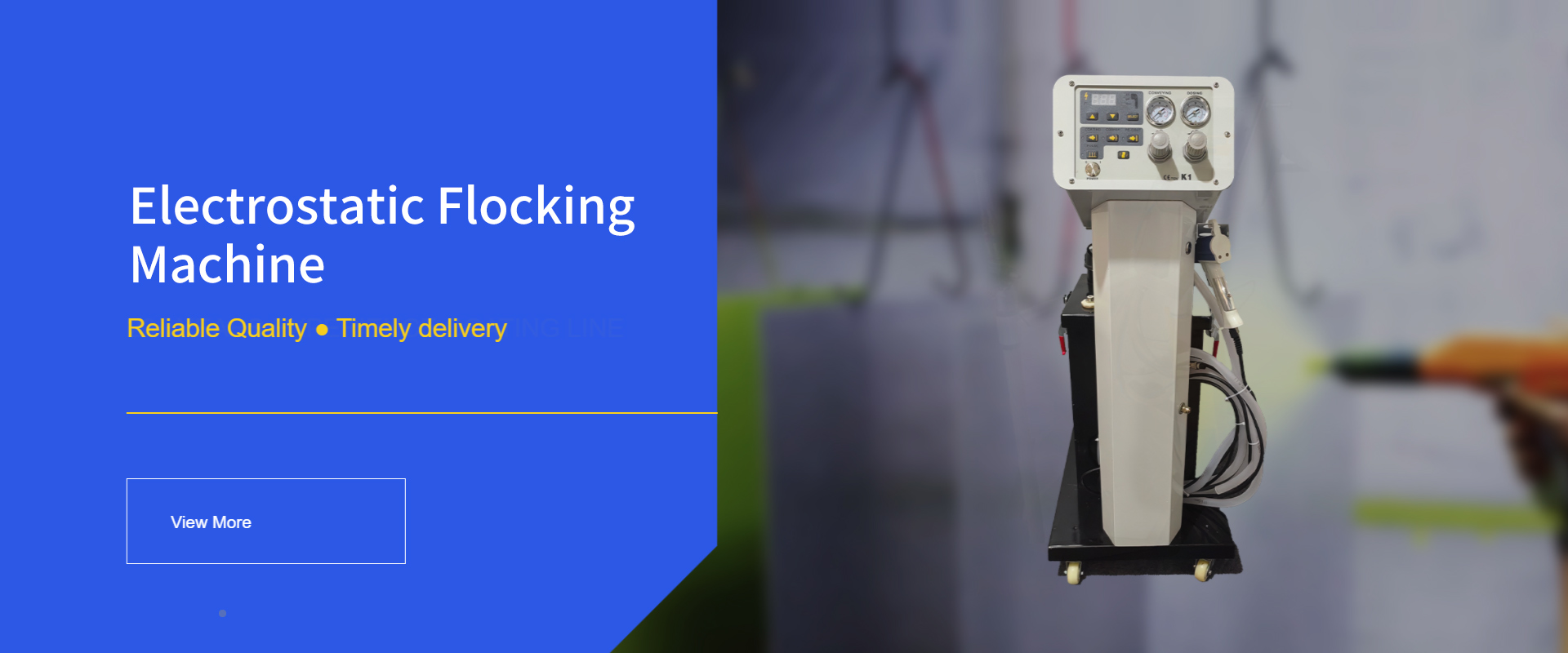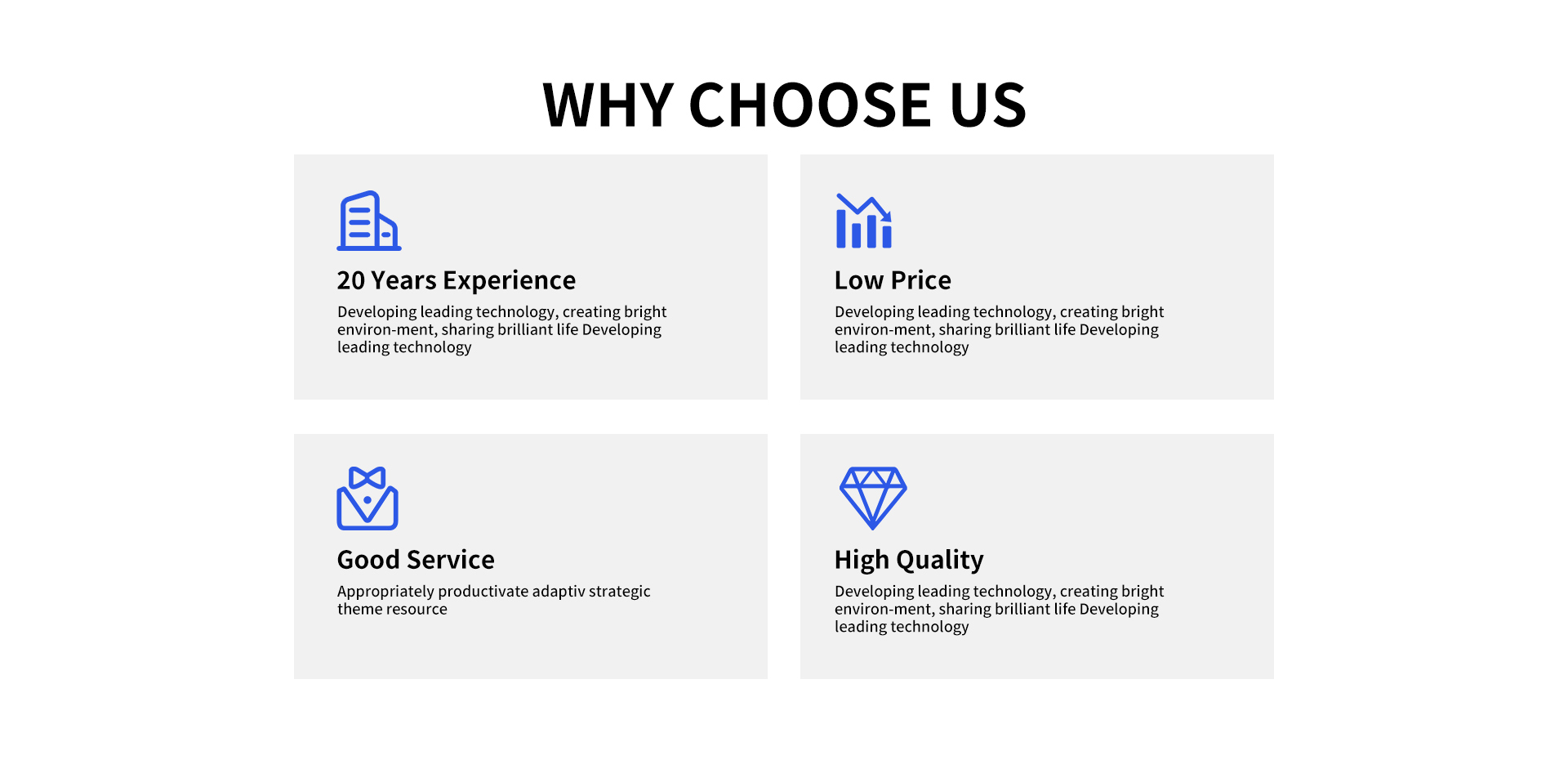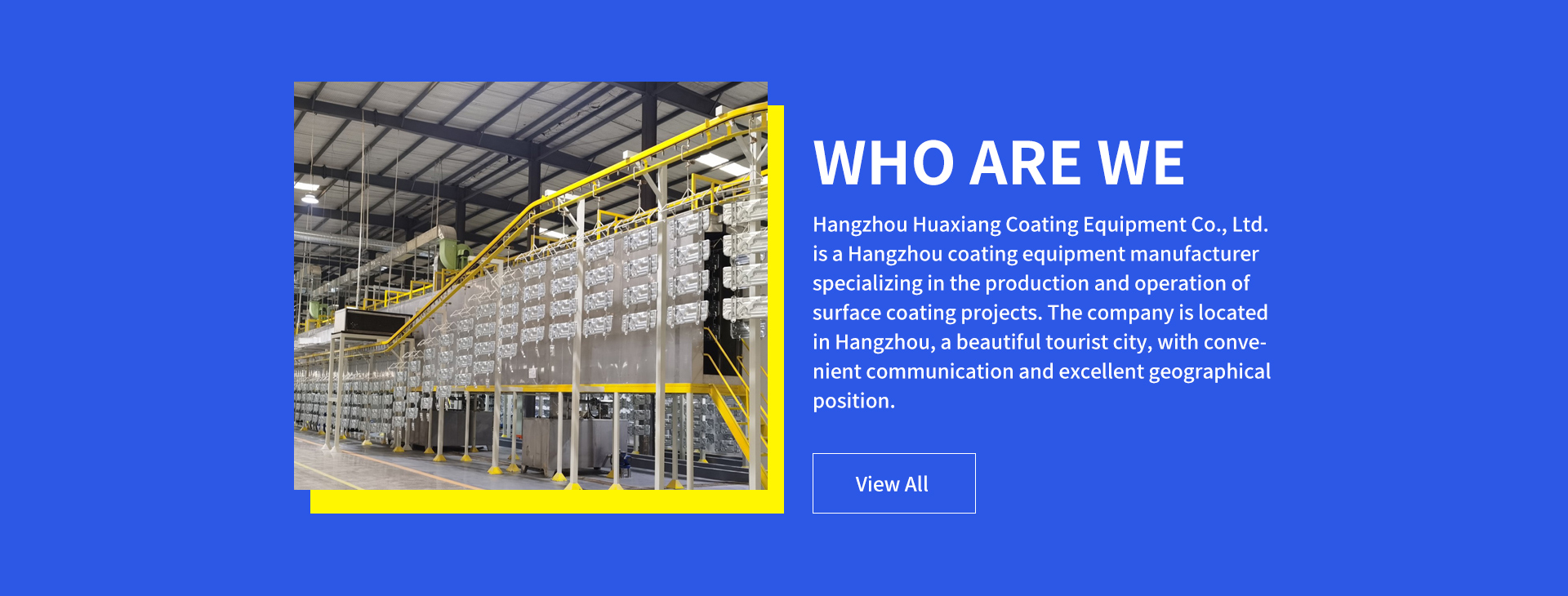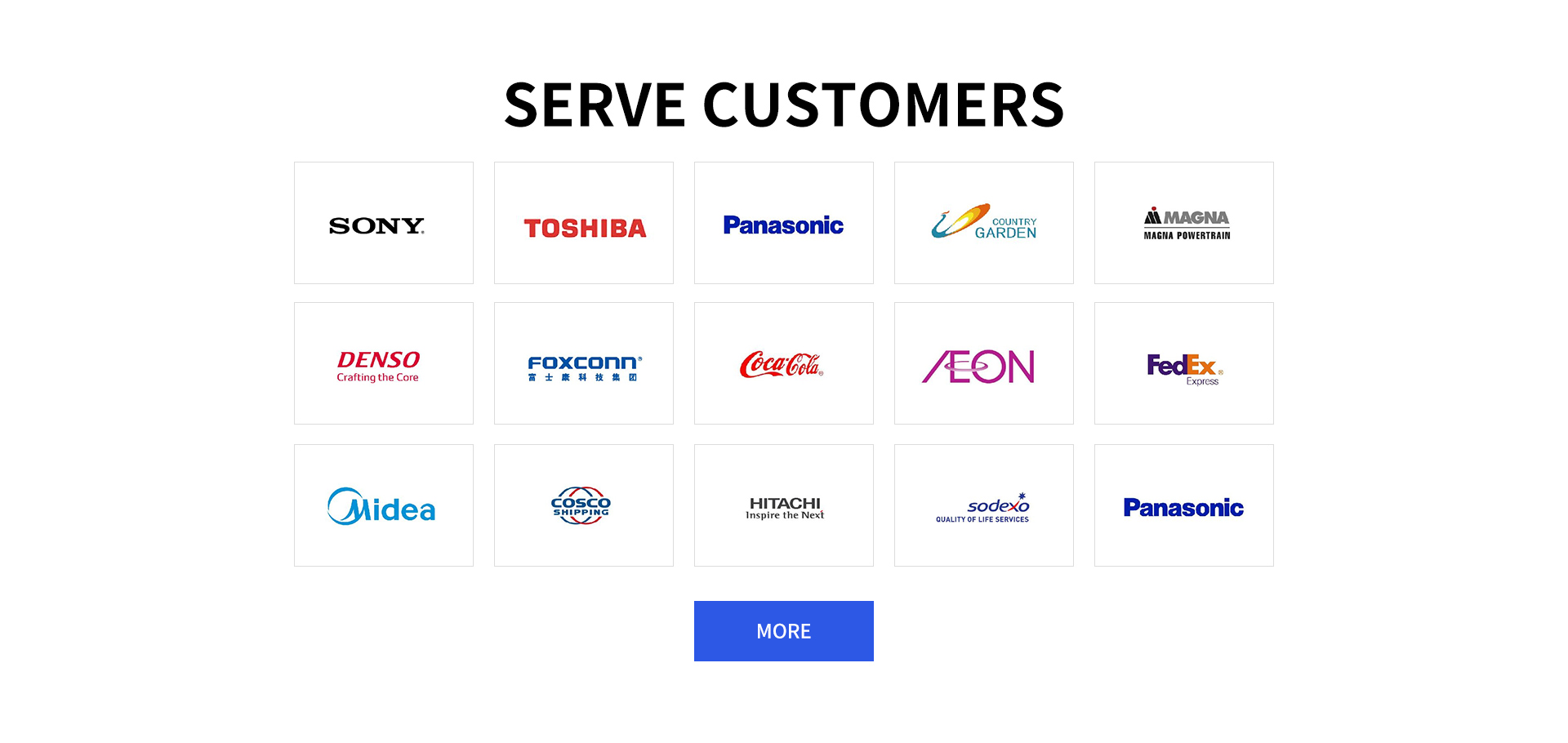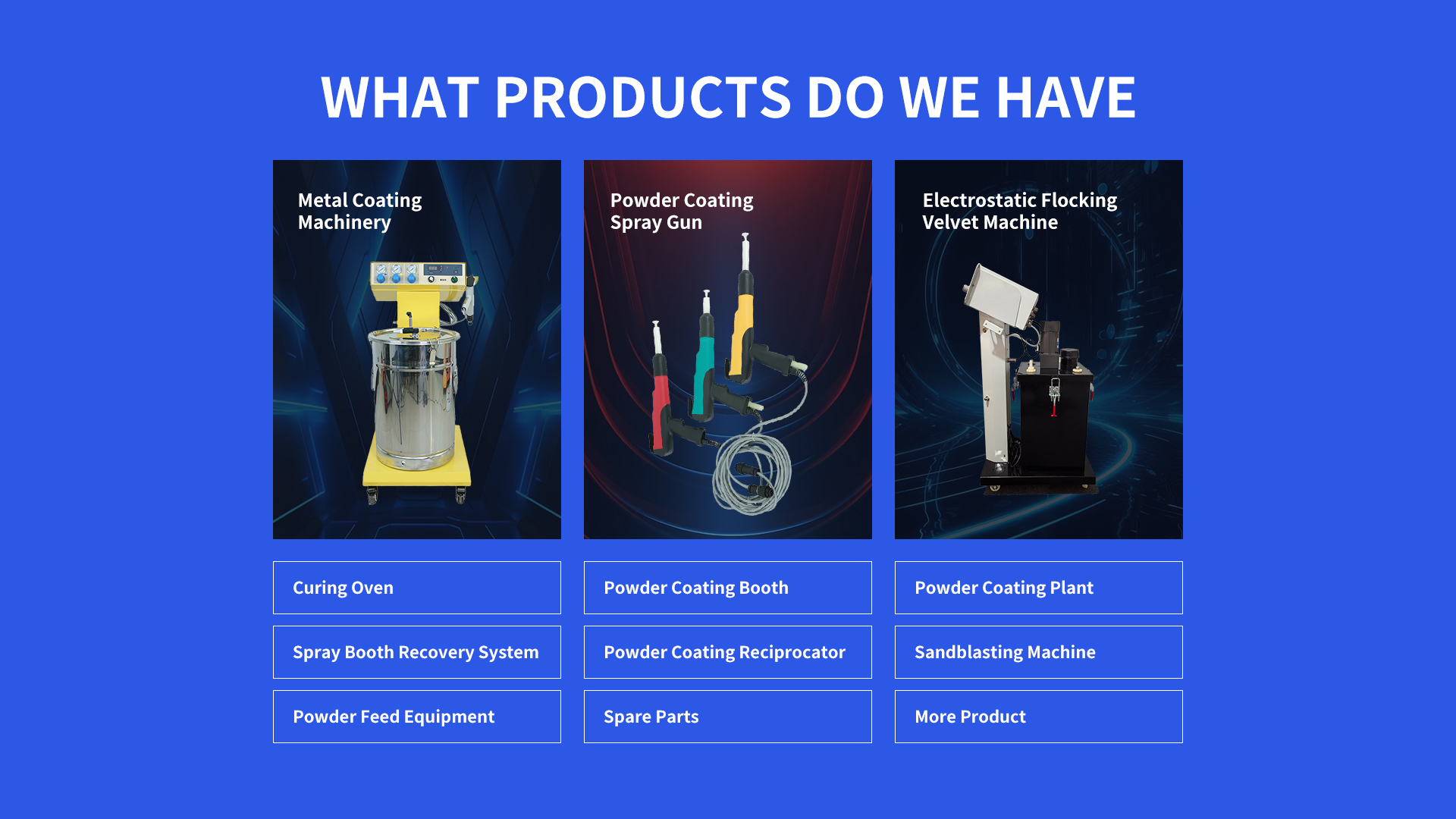Electrostatic Powder Coating Spray Equipment A Buyer S Companion
Electrostatic Powder Coating Spray Equipment is in demand across auto shops, metal workshops, and DIY garages. It caters to needs for precise, efficient coating. Prices start at $350 for basic handheld units, $1,200–$5,000 for professional setups, and industrial systems exceed $10,000, based on power and features.
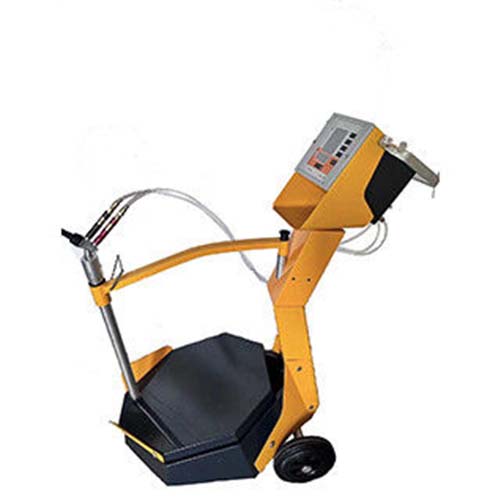
Electrostatic Powder Coating Spray Equipment Coating Project IntroductionElectrostatic Powder Coating Spray Equipment handles projects like coating car rims, metal railings, and outdoor furniture. Its precision allows for even coverage on curved surfaces, making it ideal for both functional and decorative items. Small businesses use it for custom orders, while hobbyists rely on it for restoring vintage metal pieces.
Electrostatic Powder Coating Spray Equipment Surface Treatment Process TechnologyElectrostatic Powder Coating Spray Equipment uses charged particles to adhere powder to surfaces. First, clean the surface to remove oils and rust. The spray gun charges the powder, which sticks to the grounded surface. After spraying, cure the item in an oven to melt the powder into a hard finish. This technology ensures minimal waste and strong adhesion, even on complex shapes.
Electrostatic Powder Coating Spray Equipment DefinitionElectrostatic Powder Coating Spray Equipment refers to tools that apply powder coatings using electrostatic charges. It includes spray guns, powder feeders, and sometimes compressors. These tools work together to charge, spray, and deposit powder onto surfaces, creating durable, uniform finishes without liquid solvents.
Electrostatic Powder Coating Spray Equipment Components
Spray Gun: The core of Electrostatic Powder Coating Spray Equipment. It charges powder and controls spray patterns. Handheld guns suit small projects, while automated versions handle large-scale jobs. Features include adjustable voltage and flow settings.
Powder Feeder: Supplies powder to the spray gun. It stores powder in a hopper and uses air pressure to feed it steadily. Some feeders have filters to prevent clogs, ensuring consistent flow.
Power Supply: Powers the electrostatic charge in the spray gun. It adjusts voltage to control how strongly powder adheres, with higher settings for thick coatings and lower ones for thin, even layers.
Electrostatic Powder Coating Spray Equipment AdvantagesElectrostatic Powder Coating Spray Equipment creates finishes resistant to chipping and fading. It reduces waste, as unused powder can be reused. The process is faster than painting, with shorter curing times. It’s versatile, working on metal, glass, and some plastics. Many models are user-friendly, with simple controls for beginners.
Electrostatic Powder Coating Spray Equipment Q&A
How to Choose Electrostatic Powder Coating Spray Equipment for Auto Parts?For auto parts, select
Electrostatic Powder Coating Spray Equipment with adjustable spray patterns to cover rims, bumpers, and small components. Look for a gun with high voltage (30–100 kV) to ensure powder sticks to curved surfaces. Choose a feeder with a large hopper (5+ lbs) to handle multiple parts without refilling. Opt for equipment compatible with heat-resistant powders, as auto parts face high temperatures. Check for durability—metal components last longer than plastic in busy shops.
How to Clean Electrostatic Powder Coating Spray Equipment After Use?Clean
Electrostatic Powder Coating Spray Equipment by disconnecting the gun and feeder. Wipe the gun nozzle with a dry brush to remove powder buildup. Empty the feeder and wipe it out to prevent cross-contamination of colors. Use compressed air to clear powder from hoses. For guns with removable parts, soak them in a cleaning solution (per manufacturer guidelines) to dissolve stubborn residue. Dry all parts thoroughly before reassembly to avoid clogs.
How to Adjust Electrostatic Powder Coating Spray Equipment for Different Powder Types?
Adjust Electrostatic Powder Coating Spray Equipment based on powder type. For fine powders, lower the air pressure in the feeder to prevent over-spray. For thick powders, increase voltage to ensure adhesion. Epoxy powders may need higher flow rates than polyester ones—check the powder’s specifications. Test settings on scrap metal, adjusting until the coating looks smooth. Save settings for each powder type to streamline future projects.
How to Ensure Safety When Using Electrostatic Powder Coating Spray Equipment?
Wear a respirator when using Electrostatic Powder Coating Spray Equipment to avoid inhaling powder. Use gloves and safety glasses to protect skin and eyes. Keep the workspace ventilated to prevent powder buildup, which can be flammable. Ground the equipment and work surface to avoid static shocks. Never spray near open flames. Clean up spilled powder immediately, and store powder in sealed containers away from heat sources.
How to Troubleshoot Poor Adhesion with Electrostatic Powder Coating Spray Equipment?
Poor adhesion with Electrostatic Powder Coating Spray Equipment often comes from improper surface prep—reclean the surface with degreaser and sandpaper. Check the gun’s voltage; too low a setting may cause powder to fall off. Ensure the surface is grounded—use a wire to connect it to a metal pipe. If issues persist, check for clogs in the feeder, which can disrupt powder flow. Test with a different powder to rule out material issues.
Statement: Hangzhou Huaxiang Coating Equipment Co., Ltd Chinese Powder Coating Equipment facturers provide you with customized equipment for various types of Powder Coating Lines, Powder Coating Ovens, Powder Coating Booths,Powder Coating Guns, etc. For inquiries! Contact us at
Email: gezx@cncolourspray.com
WhatsApp: +86 13335812068

